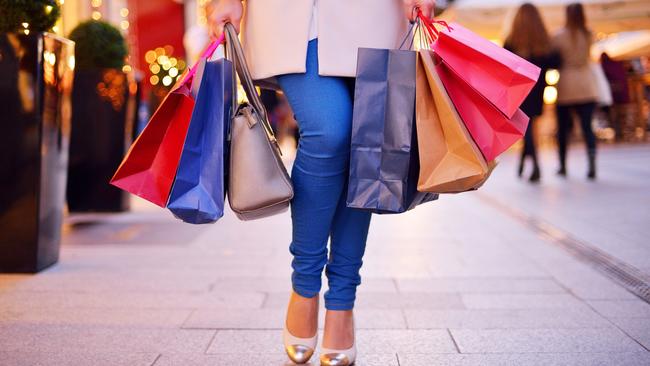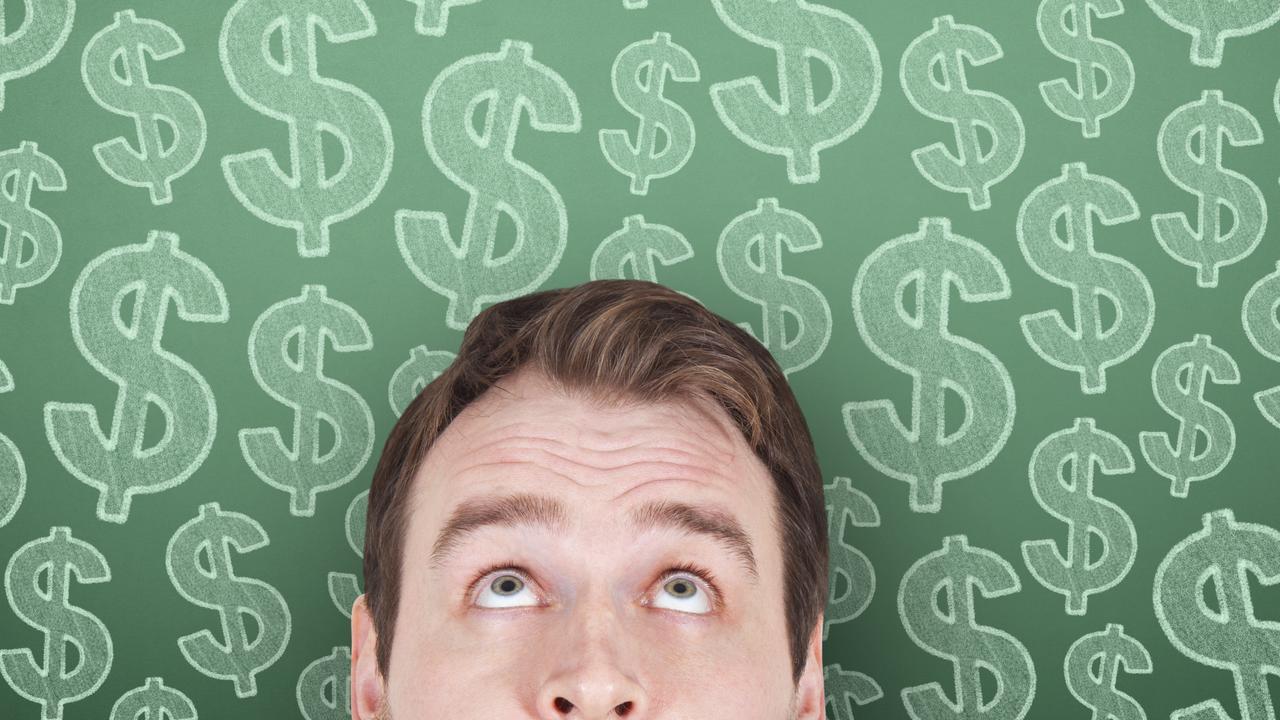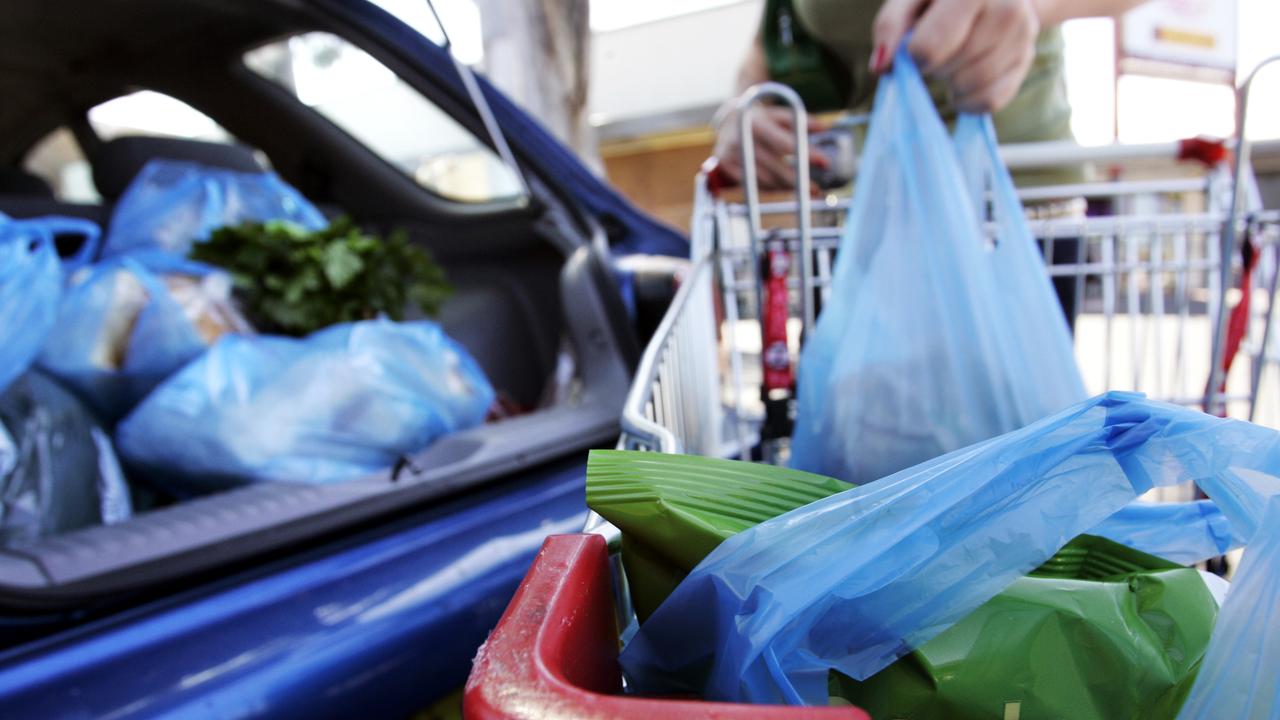Buy now, pay later dangers for young players
It’s not often I’m stumped for words when it comes to the old hip pocket or personal finance but this week I was thrown for a loop — by a teenager.

Your Hip Pocket
Don't miss out on the headlines from Your Hip Pocket. Followed categories will be added to My News.
THIS COPY HAS NOT BEEN SUBBED YET
It’s not often I’m stumped for words when it comes to the old hip pocket or personal finance but this week I was thrown for a loop — by a teenager.
A friend’s 18 year old asked me about: buy now, pay later.
I immediately launched in to a list of the problems about using credit instead of saving up to buy. The hidden cost and burden of interest and the long term budgeting issues that come from spending above her income. Not to mention a potential black mark on her credit rating.
“But it’s not credit,” she said. “They don’t charge interest. It’s free.”
OMG. She was right.
Most buy now, pay later products do not require a credit licence, because of several loopholes, including that the deal is offered at the point of sale. They also don’t charge interest. And most of them also avoid being caught by the National Consumer Credit Protection Act and National Credit Code. So they are basically free-wheeling their way to eagers consumers.
However, there is some light at the end of that tunnel of loop holes. The government and the Australian Securities and Investments Commission are now scrambling to get a handle on these product providers and are hoping to make a decision about their regulation by the end of the year — perhaps just in time for the Christmas spending frenzy.
“Huh?” said the teenager.
Translation: who cares.
“Everyone is using them,” she added.
And she was right, again.
They are the fastest growing payment trend around and are being used by retailers and consumers, alike and not just for online purchases by app-savvy teenagers.
There are already thousands, close to tens of thousands, of Australian retailers offering pay later deals and more than three millions Aussie consumers buying this way. And, as for the companies offering these products, their annual turnover is being measured in the billions of dollars.
Buy now, pay later is a twist on the traditional lay-by system. Instead of offering a deposit, paying off the balance and then getting the goods, like the good old days, now you just pay a deposit and take the goods. The repayments are made after.
This about face of an old payment system has also created an about face in the traditional retail sector.
The new payment method started as an online shopping tool but has now been adopted by the old bricks and mortar retailers.
You only have to walk in to a shop or cruise around a shopping centre to see all the buy now pay later signs at front doors, shop windows and payment desks.
Hmmm.
So, what are the dangers for my teenage friend?
Fees.
The buy now, pay later mob earn about a quarter of their income from late payement fees -- the rest comes from fees charged to the retailer.
So yes, consumers can use these services for free but only if they repay on time and in full. And that’s where these companies know consumers really well — especially vulnerable and young people who don’t have strong impulse control and who haven’t yet learned to manage their money.
“Huh?” said the teenager.


